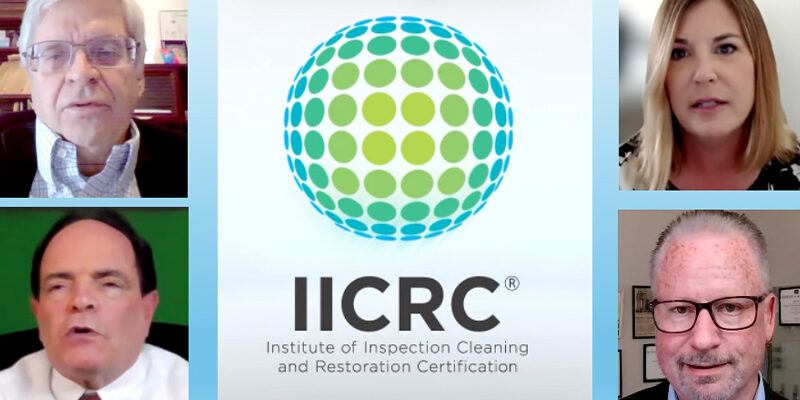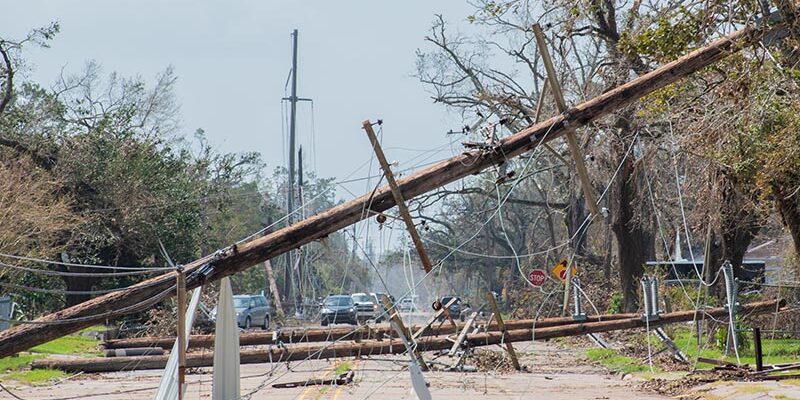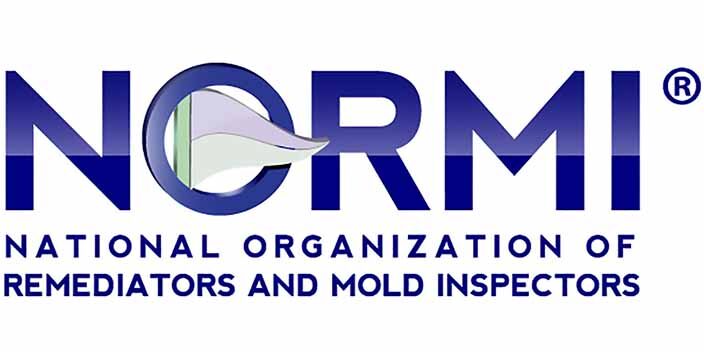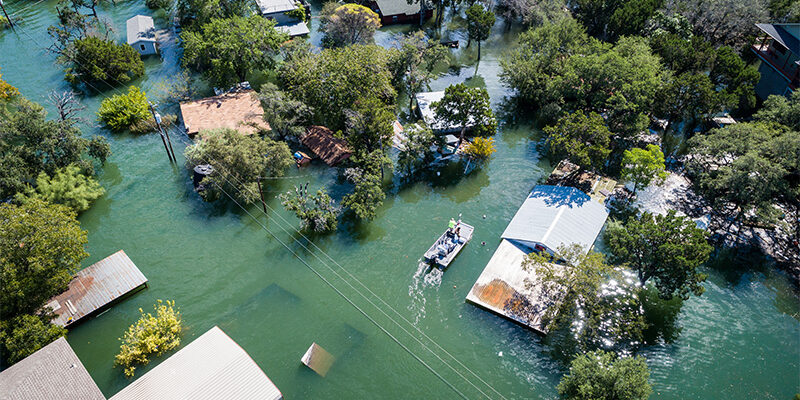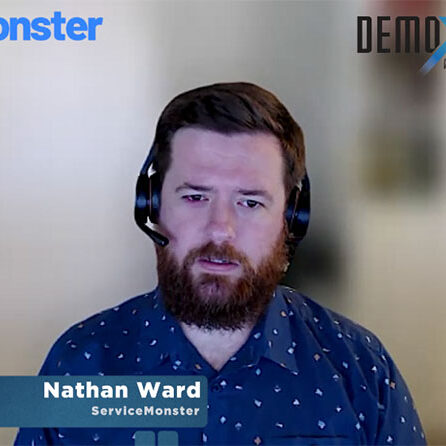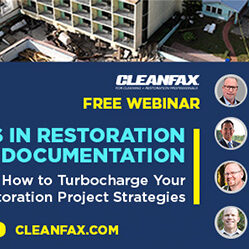Making the Leap

The realities of the water and fire damage restoration industry result in a vastly reactionary mindset among professional contractors. It’s the nature of any emergency response industry; being ready to respond on a moment’s notice to dynamic and highly unique situations.
Restorers must approach each project with a flexible, adaptable mindset as information materializes, often after already committing to a project. This nature, however, presents significant risk on many fronts, especially when contingencies for key potential variables are not considered by the contractor ahead of time.
Although the sources of risk and related variables vary greatly, one contributor is significant for restoration contractors to consider proactively: Project size and complexity. More extensive projects tend to multiply risk factors, in some cases, by order of magnitude. Depending upon the project type, the nature of insurance can be dramatically different, regulatory requirements can become more challenging, environmental control can be substantially more complex, and even primary customer drivers and objectives can substantially change how decisions should be made.
Understanding if a restoration firm is truly prepared to expand from a position of single-family residential restoration to tackle larger and more complex projects must begin with an assessment of the organization’s acumen for these additional challenges. This is best approached by separating and defining the exact types of larger projects the organization is targeting.
No two projects are the same. This is especially true when considering large restoration projects. Responding to a significant property loss event in a hospital, for example, is markedly different than dealing with a similar size loss in a commercial warehouse. It is often not the size of the project that is used to define large or complex projects, but rather the complexity of the structure, ownership, and even the diversity of other materially interested parties.
The best approach for a restoration firm when considering growth through project size is to make an honest assessment of the company’s strengths and weaknesses in several key areas. Taking on large, complex projects without first considering these factors can lead to disaster:
- Project management expertise
- Financial reserves
- Equipment and tools
- Documentation instruments
- Business management systems
- Knowledge in related fields.
The management of large restoration projects will require a more complex and involved resource. The extent of this expertise will depend upon the structure type, scope of restoration, the scale of damage, and the nature of the financial and contractual conditions related to the property. Learning to manage larger and more complex projects should begin with selective and measured decisions for the types of structures and damage sources that relate best to the organization’s current skillsets.
In addition, the organization should never overextend its financial reserves. A strong controller or financial resource is key to understanding the monetary exposure your organization can withstand. With an increase in the complexity of the project and materially interested parties, the volume and duration of accounts receivable can inflate substantially.
Equipment and tools used in varying structure types are also often different, with higher demands for systems with greater capacity. Additionally, resources for safe power and energy management are often required, which are not typically necessary for smaller projects.
Greater diversity in materially interested parties will necessitate changes to the type and structure of project documents and the number of parties that should be engaged in authorizations, communications, transaction instruments, and signoffs.
These points all culminate in the need for solid business management systems to allow for the coordination of these assets and resources. The system should be scalable to allow for the tracking, allocation, and reporting against the scope of the types of projects your organization decides to tackle.
Finally, it is also important to consider the intellectual assets of your organization. Knowledge related to the industries and materially interested parties associated with the specific types of structures your organization will restore must be considered. These dynamics are unique between sectors such as manufacturing, retail, healthcare, housing, warehousing, government, and so on. Each sector brings with it unique challenges that, when proactively considered, can be accounted for.
Ultimately, the restoration industry will always throw unexpected twists and turns in many projects. However, with proper (and constant) assessments of our strengths and weaknesses, organizationally, we can be much more strategic and purposeful with the measured risk our organizations are willing and able to withstand. It is, after all, risk management, not risk elimination!



